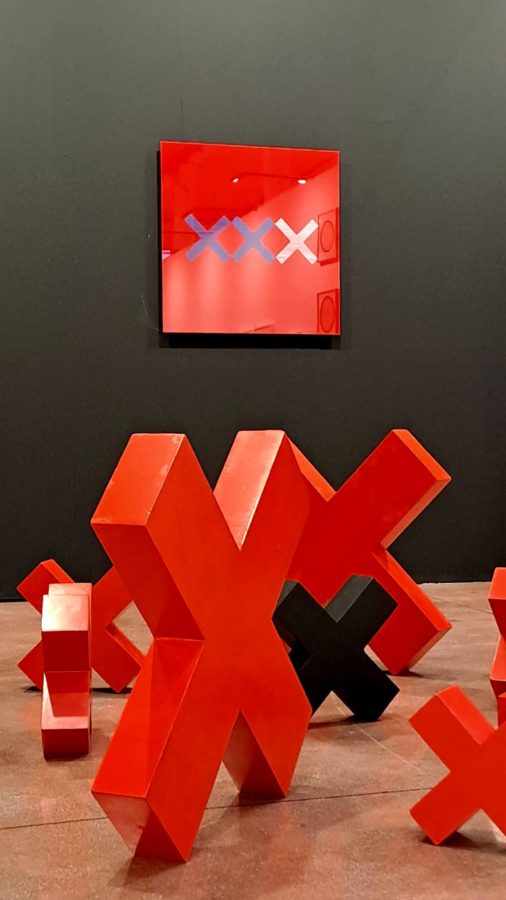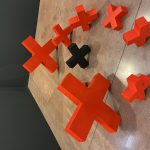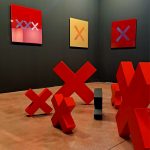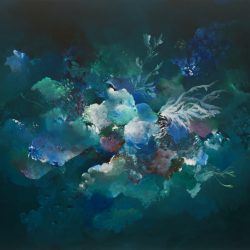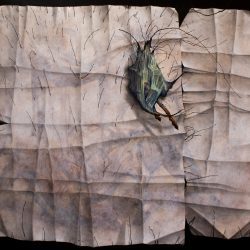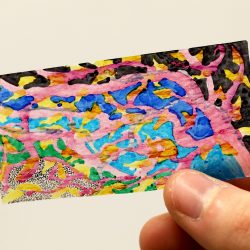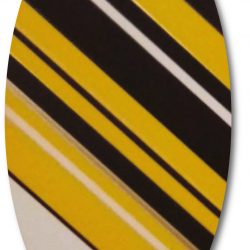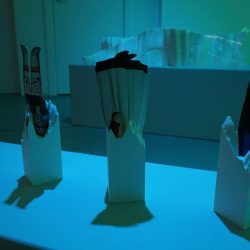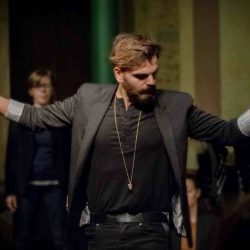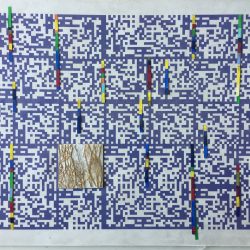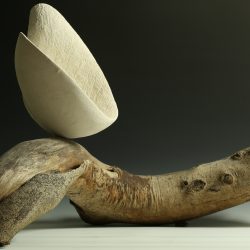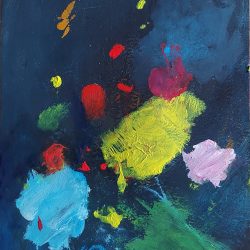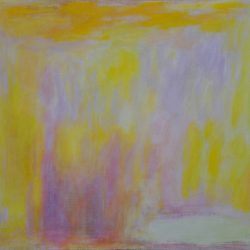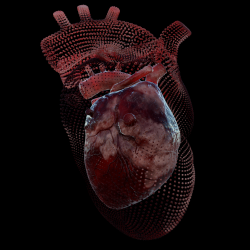work
X
| category | Installation |
| subject | Abstract |
| tags | |
| base | 200 cm |
| height | 60 cm |
| depth | 200 cm |
| year | 2024 |
STATEMENT
Since his debut, Igor Grigoletto has dedicated his artistic production to the search for the ideal medium through which to transmit his ideal, his vision that has become increasingly essential, at times minimal and visually balanced over the years. Experimentation with different supports such as jute bags, glass, fiscoli (also called sportine), mirrors and metal nets lead his language towards a compositional and conceptual heterogeneity, an eclecticism that is successful, thus allowing him to expand his expressive baggage. The gradual simplification of forms is reflected in his works, always preceded by a continuous study of the line in all its declinations, of the signs and "letters" that emerge from the surfaces thanks to invisible but present crossed traces. Glass, the preferred and most used support, becomes for the artist a resource with a thousand possibilities, a space on which to impress his own poetic language, free from any preconception and any form of visual condensation. His works appear to the viewer as a non-verbal, never-ending narrative, a tale not subjugated by pre-established codes but open to free aesthetic experimentation.
Since his debut, Igor Grigoletto has dedicated his artistic production to the search for the ideal medium through which to transmit his ideal, his vision that has become increasingly essential, at times minimal and visually balanced over the years. Experimentation with different supports such as jute bags, glass, fiscoli (also called sportine), mirrors and metal nets lead his language towards a compositional and conceptual heterogeneity, an eclecticism that is successful, thus allowing him to expand his expressive baggage. The gradual simplification of forms is reflected in his works, always preceded by a continuous study of the line in all its declinations, of the signs and "letters" that emerge from the surfaces thanks to invisible but present crossed traces. Glass, the preferred and most used support, becomes for the artist a resource with a thousand possibilities, a space on which to impress his own poetic language, free from any preconception and any form of visual condensation. His works appear to the viewer as a non-verbal, never-ending narrative, a tale not subjugated by pre-established codes but open to free aesthetic experimentation.



